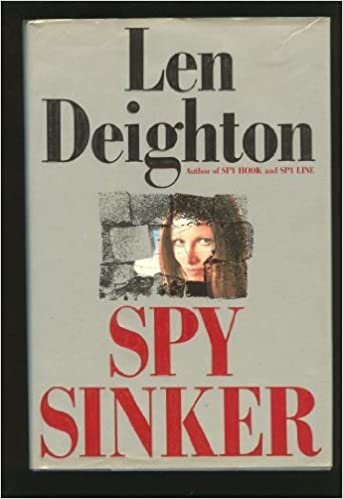Best practice writing tips 3

While reading Len Deighton’s Spy Sinker this week I came across a passage which well illustrates what not to do when writing dialogue. And because dialogue is a vital part of any novel you really do need to get it right.
It’s about the use of names when characters are addressing one another. How often should one character name another? Should this happen at all?
If you count how many times people call you by your name today, you’ll find it’s not often. Sure, your partner may call you darling or love or dude or some personal nickname, but it’s rarely that they’ll use your name.
In fiction it is slightly different. Characters do need to be named or the reader will lose track of who is saying what. But this naming is best kept to the tag lines – he said, she said.
The Deighton example
In Deighton’s novel this scene takes place between two of the characters, Bret and Sylvy. They’re alone in a room.
‘Why do you say that?’ Bret asked.
‘I know I’m stepping out of line, Bret, but I think you’re crazy to trust them. If they have to choose between you and one of their own, what do you think they are going to do?’
‘Well, let me know if you change your mind, Sylvy.’
‘I won’t change my mind, Bret.’
‘I didn’t know you disliked the Brits so much, Sylvy. Why do you live here?’
What’s wrong with this?
To start with it reads awkwardly. It is useful to have the first tag (“Bret asked”) which establishes the order of the exchange. After that each character’s speech is on a separate line so it is easy to follow how the back and forth is progressing.
There are no tags after that first one and none is needed. You will also find that if you strip out the names, the exchange reads more naturally.
Here are the takeaways for the third of my writing tips:
- Check how often you have one character addressing another by name.
- Delete as many of these names as you can.
- Ensure your dialogue is correctly formatted: a new paragraph when a different character speaks. The Deighton example is a good one.
- Ensure you have used quotation marks to show when a character is talking.
Of course, occasionally, use of a character’s name in the dialogue can emphasise an emotion.
‘Damnit, Fish, you’ve been surfing all day. Enough is enough.’
Get more out of your writing. Click here for Writing Fiction. Click here for Writing Reality.